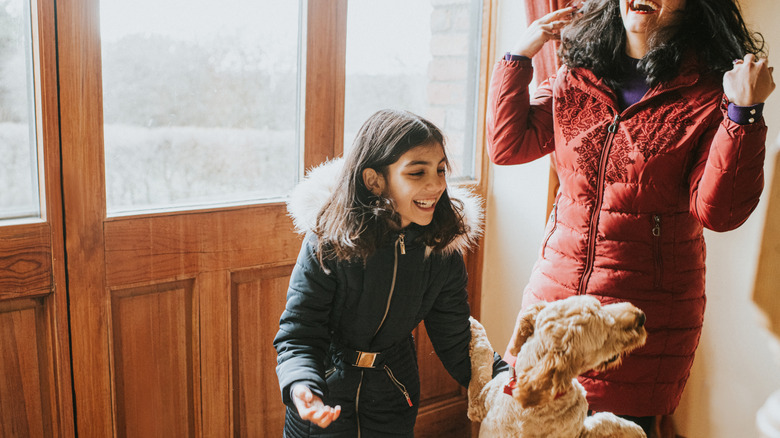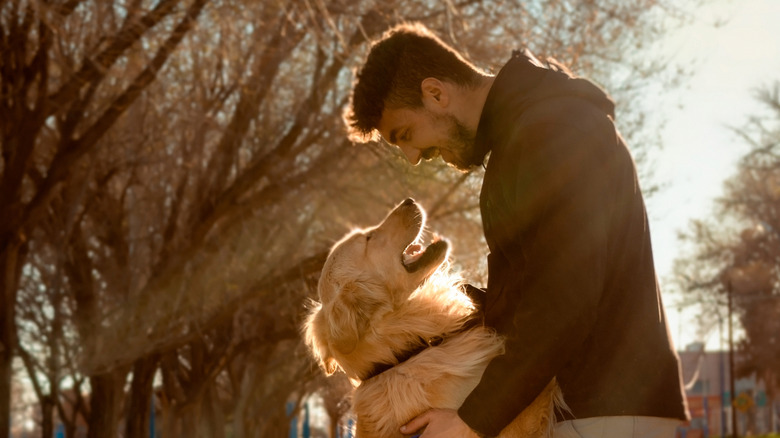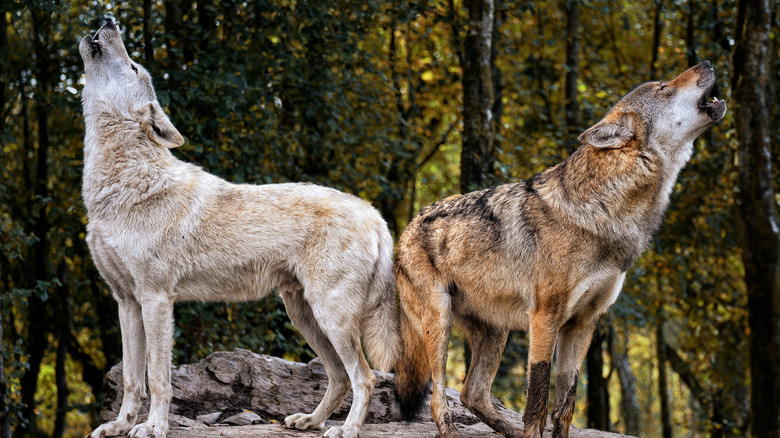Science Reveals The Reason Dogs Are So Happy To See You
Every dog parent knows the feeling of walking through the door and being greeted by an excited, tail-wagging companion. But what causes dogs to react this way? Science reveals that it's not just affection driving their behavior; a deeper biological and emotional connection is at play. As we uncover the rich history of how canines became our BFFs ("best furry friends"), modern research shows that oxytocin, often called the "love hormone," is a key factor in this bond. This hormone releases during positive interactions and strengthens feelings of attachment, trust, and empathy between humans and dogs.
Dogs, descended from wolves, have evolved remarkable social cognition skills, allowing them to interpret human emotions, gestures, and facial expressions. Advanced research techniques and innovative experimental design reveal that dogs and humans share similar brain responses to positive stimuli. This extraordinary connection, shaped by thousands of years of coevolution, has allowed dogs to thrive in human environments, offering companionship, loyalty, and emotional support.
The oxytocin effect, also known as the love hormone
Oxytocin plays a crucial role in strengthening the bond between dogs and their humans. When you interact with your dog and show that you love them — whether through petting, playing, or just gazing into their eyes — both you and your dog experience a release of oxytocin. This creates a feedback loop of affection that deepens your connection.
However, research shows that oxytocin levels aren't always consistent across all interactions. A 2019 study published in Animals found that familiarity with a dog doesn't necessarily cause higher oxytocin levels. Whether you've been with your furry friend for years or only a short time, it seems that the interaction itself, rather than the duration of the bond, plays a bigger role in triggering oxytocin.
Takefumi Kikusui's 2017 research emphasizes how dogs' nonverbal communication skills, like making eye contact, also stimulate oxytocin release. This behavior, which is absent in wolves, likely developed during the domestication process. A 2016 study by Zoltan Kekecs explored the idea of an "oxytocin-gaze positive loop" — a process where mutual gazing between dogs and humans leads to a continuous release of oxytocin, strengthening their bond. So, the next time your dog gazes at you with those heart-melting eyes, remember: it's not just a cute moment, it's science at work, deepening your relationship with each glance.
How dogs and humans became inseparable
The bond between humans and dogs is one of the most remarkable examples of coevolution. Over centuries, dogs have evolved from wolves into animals uniquely suited to bond with humans, developing skills like interpreting our feelings and behaviors. This deep connection goes beyond companionship — dogs have been bred and selected for traits that enhance their ability to live harmoniously with people.
Unlike their wolf ancestors, dogs have evolved to be attuned to human emotions. They can pick up on subtle cues like facial expressions, gestures, and tone of voice. This sensitivity enables them to mirror our moods, making them highly responsive companions, especially during moments of stress or happiness. Their role in human life has transformed from practical partners in hunting and protection to emotional support and trusted members of the family.
The domestication process has shaped dogs' behaviors in ways that make them more compatible with humans. Traits such as social cognition and loyalty have been strengthened over generations, further integrating dogs into human society. This coevolutionary process benefits both species: humans gain loyal, protective companions, while dogs find security, socialization, and care.


